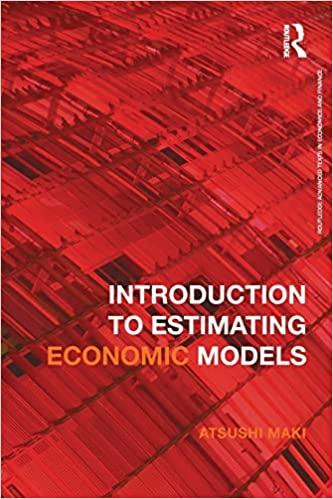Question
6. (Stock for Stock Merger) A Corporation is considering the acquisition of X Corporation. Each corporation has the following data: Existing Income Number of Shares
6. (Stock for Stock Merger) A Corporation is considering the acquisition of X Corporation. Each corporation has the following data:
Existing Income Number of Shares A Corporation $4,200,000 621,000 X Corporation $2,200,000 365,000 Synergistic additional benefits from the combination are $1,200,000. What is the minimum exchange ratio is necessary to keep the X shareholders whole in terms of earnings per share? What is the maximum exchange ratio would the A Corporation shareholder accept in taking over X Corporation and remain whole in terms of earnings per share? (note you will need to use the formulas in the book to solve this)
7. (Cash for Stock Merger) This problem requires that you integrate the material learned in prior chapters. You have been given the job of evaluating the following merger candidate. You have collected the following cash flow estimates for the acquisition candidate for the proposed merger (in millions): Year 1 2 3 4 5__ Cash flows now for the target 60 80 100 125 150 Additional cash flows (synergy) 40 70 100 125 150 Total cash flows from target (after merger) 100 150 200 250 300 Risk free rate of return 4% Beta for this project (the company after merging) 1.47 Market risk premium 5% Pre-tax cost of debt 8% Marginal after tax rate 25% Number of shares outstanding for the target company (millions) 10 Current market price per share for the target company $51 Percentage of the acquisition financed with debt 40% Percentage of the acquisition financed with common equity 60% What is the after tax cost of debt for this merger (as we did in chapter 16)? What is the after tax cost of common equity for this merger (as we did in chapter 16)? What is the weighted average cost of capital for this acquisition candidate (as we did in chapter 16)? Please run a net present value using the WACC calculated above with the total cash flows from the target (given above) to determine the maximum price per share you are willing to pay for this target candidate? Based what you calculated and the current market price, would you pursue this candidate?
Step by Step Solution
There are 3 Steps involved in it
Step: 1

Get Instant Access to Expert-Tailored Solutions
See step-by-step solutions with expert insights and AI powered tools for academic success
Step: 2

Step: 3

Ace Your Homework with AI
Get the answers you need in no time with our AI-driven, step-by-step assistance
Get Started


